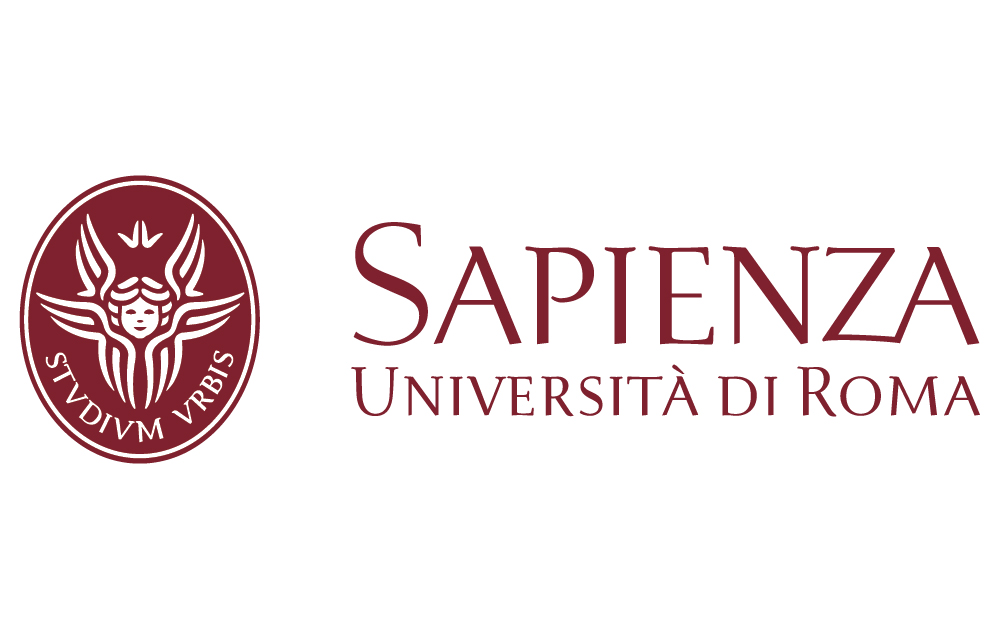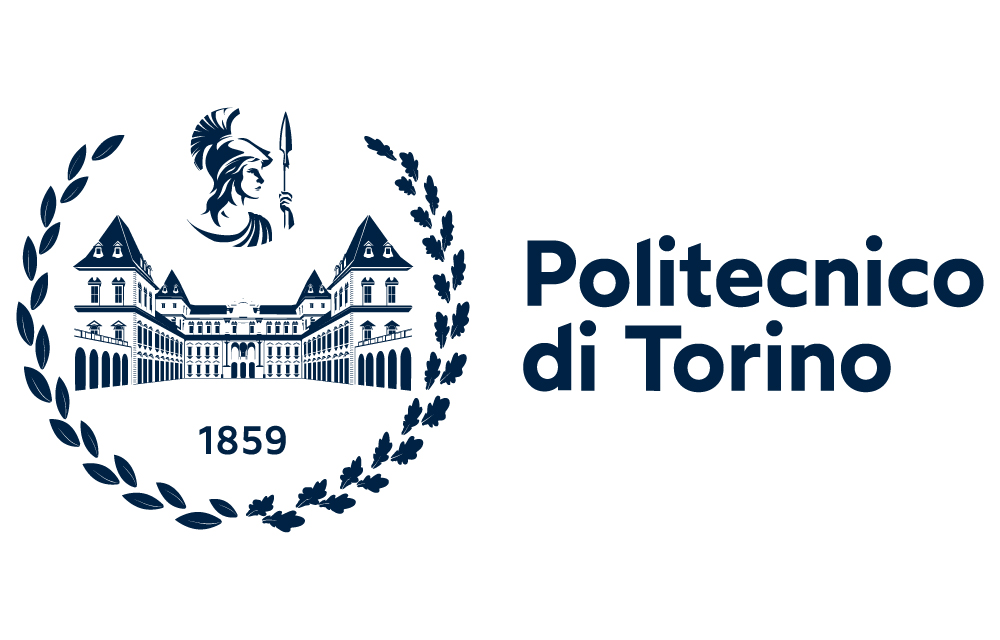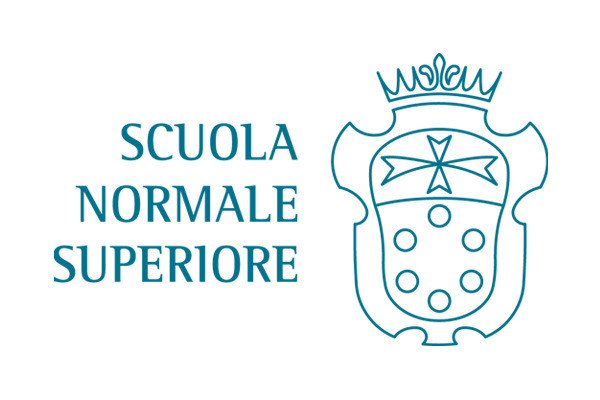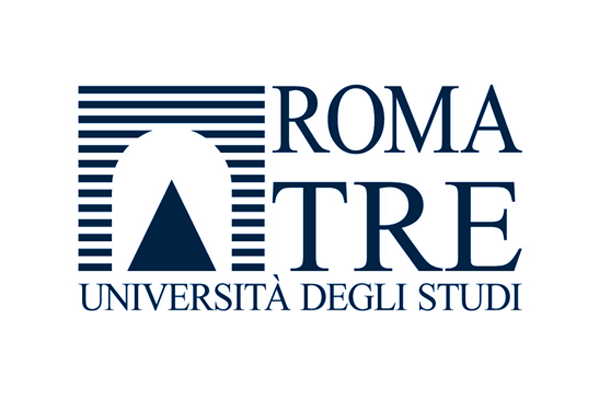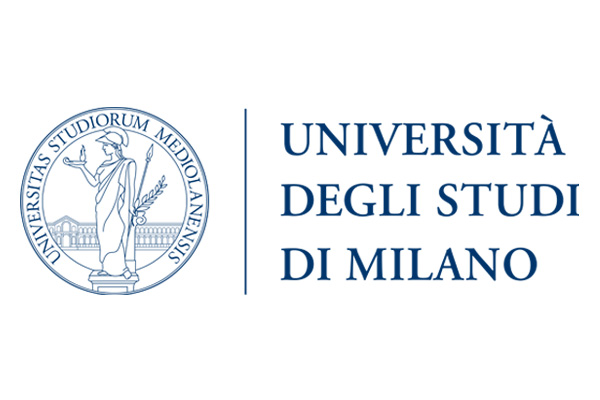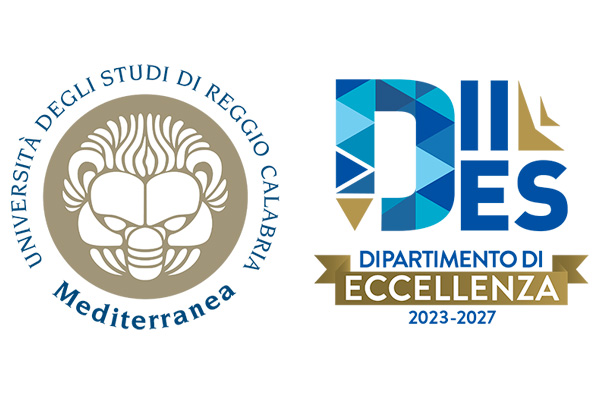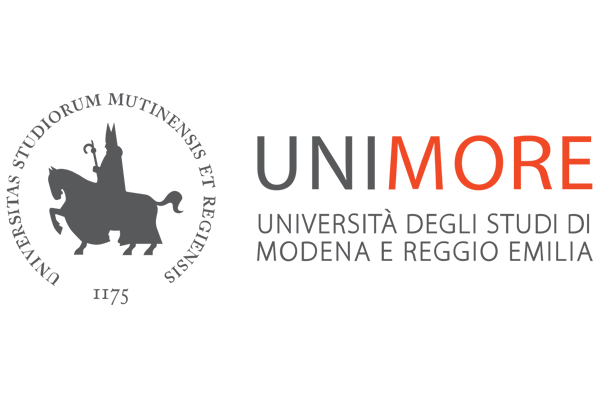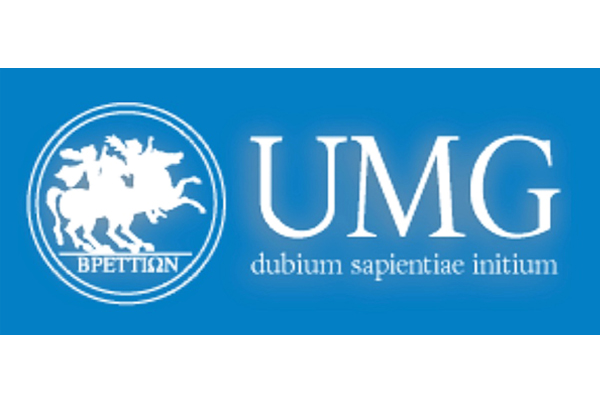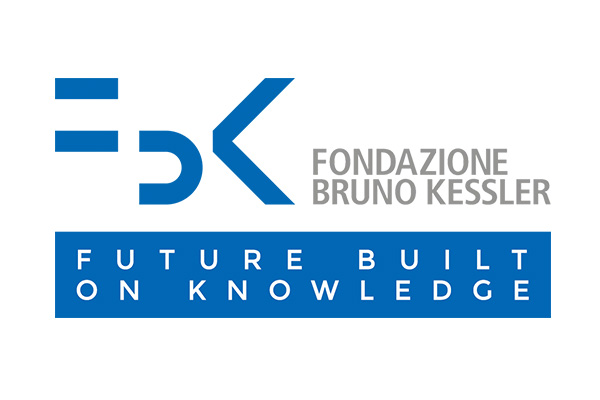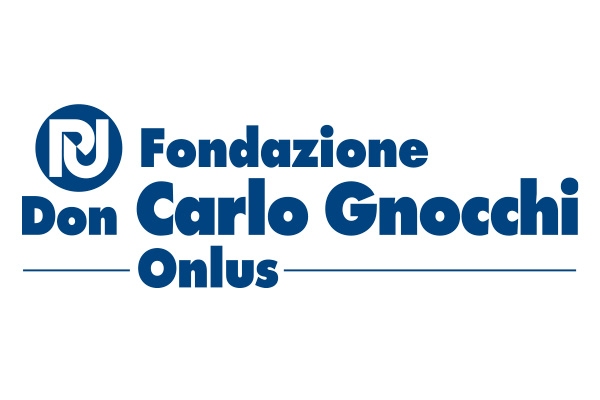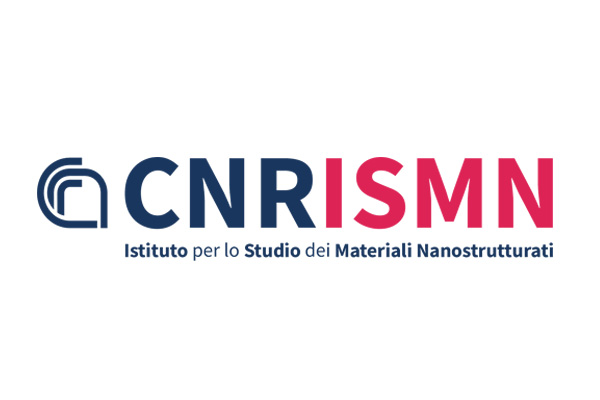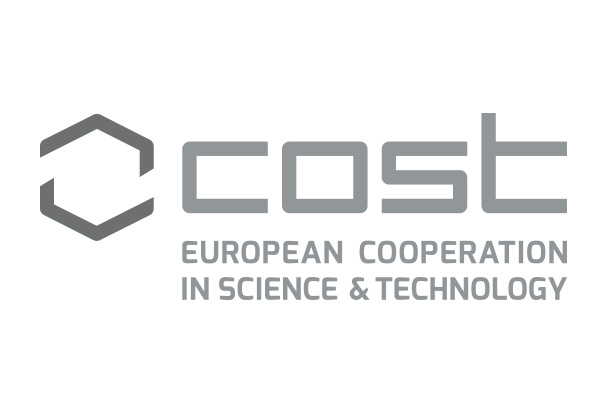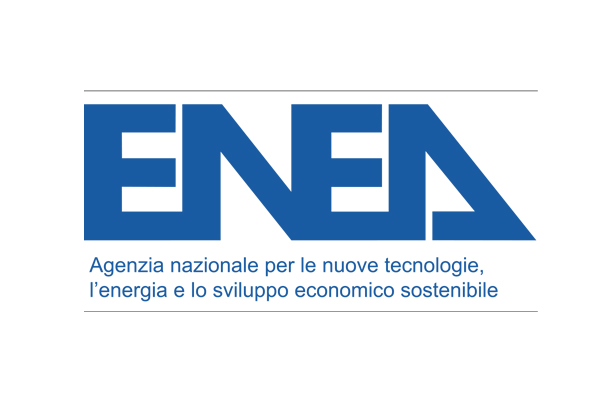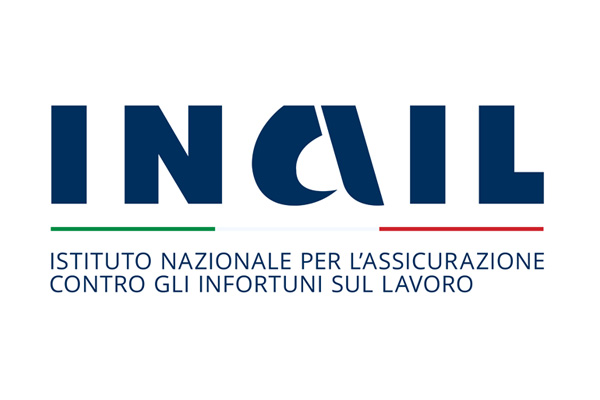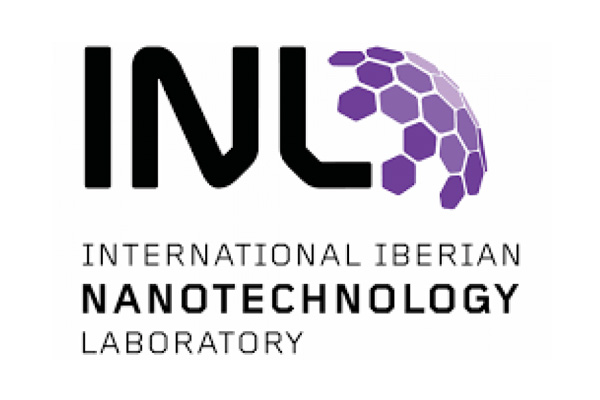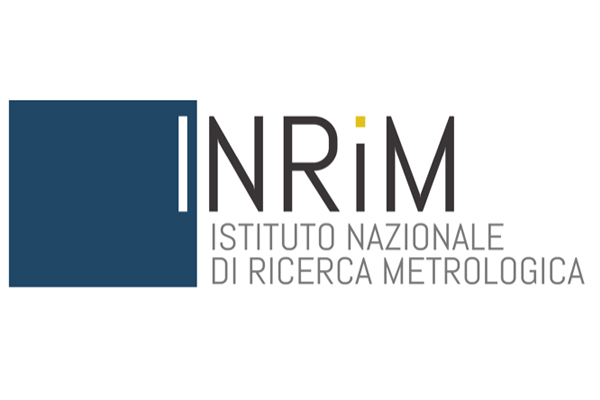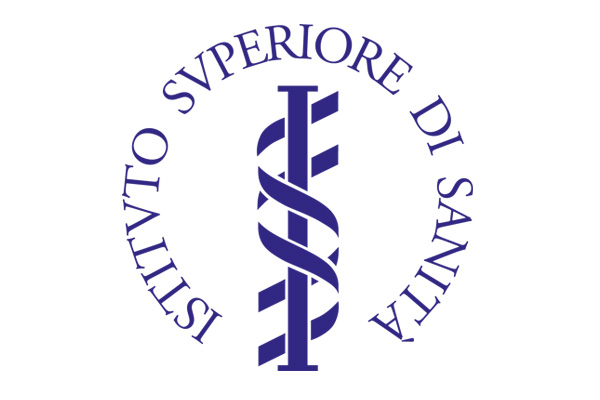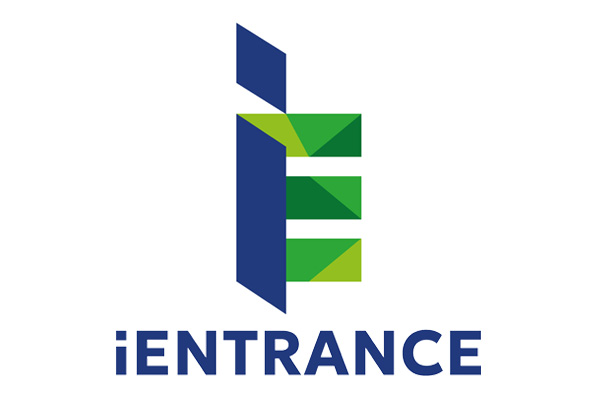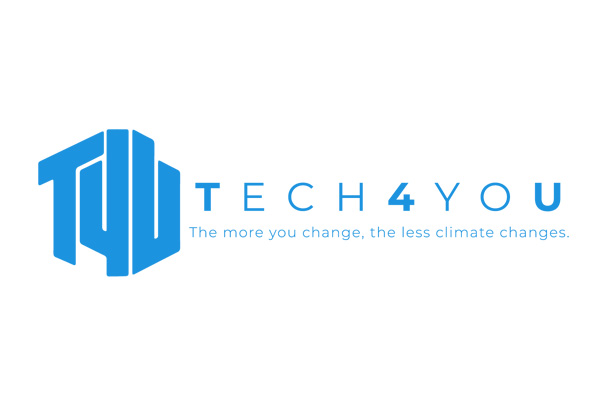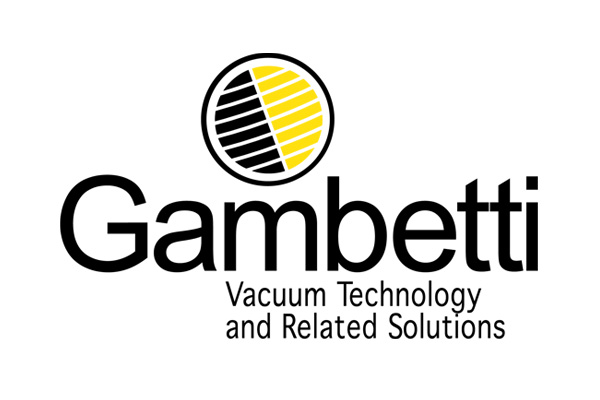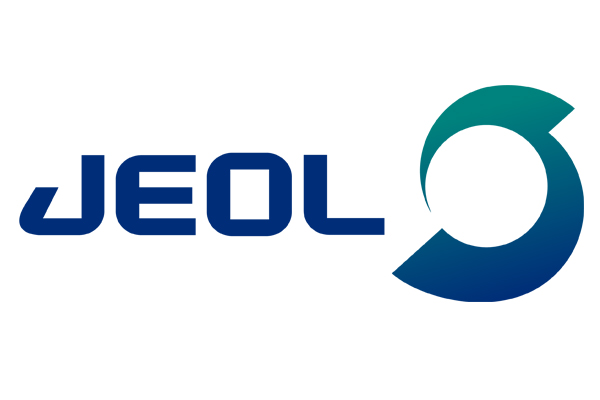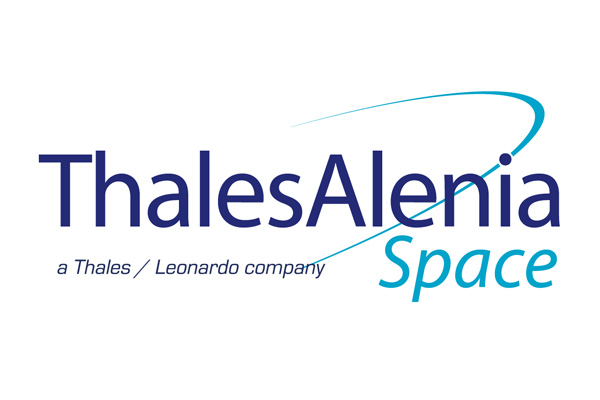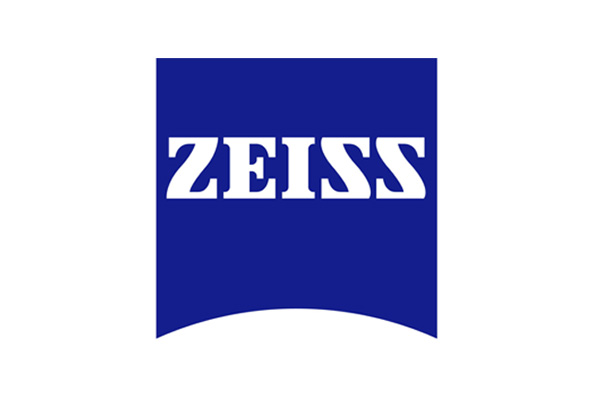| 18 September | ||||||||
| 09:00 - 10:30 Bioinspired platforms for regeneration, targeting, and biological barrier navigation/penetration WS.V.1 - TT.V.C |
||||||||
| Chairs: Andrea CAPASSO, INL | Mattia BRAMINI, UGR | Ester VASQUEZ, Universidad de Castilla-La Mancha | ||||||||
|
This session will focus on nanomaterials and composite scaffolds engineered for tissue regeneration, tumor targeting, and delivery across complex biological barriers. Discussions will include material–cell interactions, in vitro and in vivo models, and translational strategies in cellular regeneration and oncology. Specific attention will be given to nanocarrier engineering, scaffold integration, and the challenges of systemic delivery and biodistribution. |
||||||||
| WS.V.1.1 TT.V.C.1 |
Gianni CIOFANI IIT Personalized Hybrid Nanocarriers for Targeted Glioblastoma Therapy |
 |
||||||
| WS.V.1.2 TT.V.C.2 |
Susana CARREGAL ROMERO CIC bioma GUNE Biomimetic Nanoparticles for Targeted Therapy in Pulmonary Fibrosis |
 |
||||||
| WS.V.1.3 TT.V.C.3 |
Luca BOSELLI IIT Nanozymes As Multifunctional Tools Against Neurodegenerative Loops |
 |
||||||
| 11:30 - 13:00 Smart nanomaterials for theranostics and precision delivery WS.V.2 - TT.VI.C |
||||||||
| Chair: Andrea CAPASSO, INL | Mattia BRAMINI, UGR | Ester VASQUEZ, Universidad de Castilla-La Mancha | ||||||||
|
This session will explore the development of smart and functional nanomaterials for advanced drug and gene delivery, biosensing, and phototherapeutic strategies. Talks will cover biomimetic nanoparticles, hybrid platforms, and responsive nanostructures designed for selective disease targeting and real-time diagnostic integration. Emphasis will be placed on material design, functionalization, and in vivo behavior, highlighting applications in cancer therapy, immune modulation, and personalized nanomedicine. |
||||||||
| WS.V.2.1 TT.VI.C.1 |
Ester VÁZQUEZ Universidad de Castilla-La Mancha Smart materials for soft robotics and their application in rehabilitation therapies |
 |
||||||
| WS.V.2.2 TT.VI.C.2 |
Andrè POTTI University of Santiago de Compostela Nature-Inspired Nanodevices for Programmable Immune Modulation |
 |
||||||
| WS.V.2.3 TT.VI.C.3 |
Paola SÁNCHEZ MORENO Universidad de Granada Engineering Stealth Nanoparticles: Cell Membrane Coatings for Targeted Cancer Therapy |
 |
||||||
| WS.V.2.4 TT.VI.C.4 |
Valentina CASTAGNOLA Fondazione Pisana per la Scienza ONLUS Targeted biomimetic approaches to control the transport across the brain endothelium |
 |
||||||
| 14:00 - 15:30 Neuromorphic devices and intelligent bioelectronic systems WS.V.3 - TT.VII.C |
||||||||
| Chairs: Andrea CAPASSO, INL | Mattia BRAMINI, UGR | Ester VASQUEZ, Universidad de Castilla-La Mancha | ||||||||
|
This session will highlight recent progress in neuromorphic hardware and intelligent interfaces enabled by nanoscale materials. Topics will include artificial synapses, memristive systems, brain–computer interfaces, and hybrid platforms for bioelectronic control and cognitive computing. Emphasis will be placed on functional materials for signal processing, adaptive computation, and soft integration with neural tissue. |
||||||||
| WS.V.3.1 TT.VII.C.1 |
Federico FERRARESE LUPI INRiM |
 |
||||||
| WS.V.3.2 TT.VII.C.2 |
Denis SCAINI Ikerbasque |
 |
||||||
| WS.V.3.3 TT.VII.C.3 |
Audrey FRANCESCHI BIAGIONI SISSA Smart Electrochemical Device for Personalized Drug Delivery |
 |
||||||
| 16:00 - 17:30 Bionanointeractions: nanosafety and nanomaterials biological identity WS.V.4 - TT.VIII.C |
||||||||
| Chairs: Andrea CAPASSO, INL | Mattia BRAMINI, UGR | Ester VASQUEZ, Universidad de Castilla-La Mancha | ||||||||
| This session will address how nanomaterials interact with biological systems, shaping their biological identity through processes like protein corona formation. Participants will explore how these interactions impact cellular uptake, biodistribution, immunological responses, and overall nanosafety. The session covers methods for characterizing nanomaterials and assessing their potential toxicity. Strategies for designing safer, more biocompatible nanomaterials will also be discussed. | ||||||||
| WS.V.4.1 TT.VIII.C.1 |
Andrea ARMIROTTI IIT Adding new dimensions to the dynamic exploration of the biomolecular corona |
 |
||||||
| WS.V.4.2 TT.VIII.C.2 |
Marco MONOPOLI RCSI |
 |
||||||
| WS.V.4.3 TT.VIII.C.3 |
in definition |  |
||||||
| WS.V.4.4 TT.VIII.C.4 |
Marco PELIN University of Trieste Are 2D materials safe for our skin? A toxicological perspective |
 |
||||||
| Back to Overview | Go to Plan 18 September | ||

